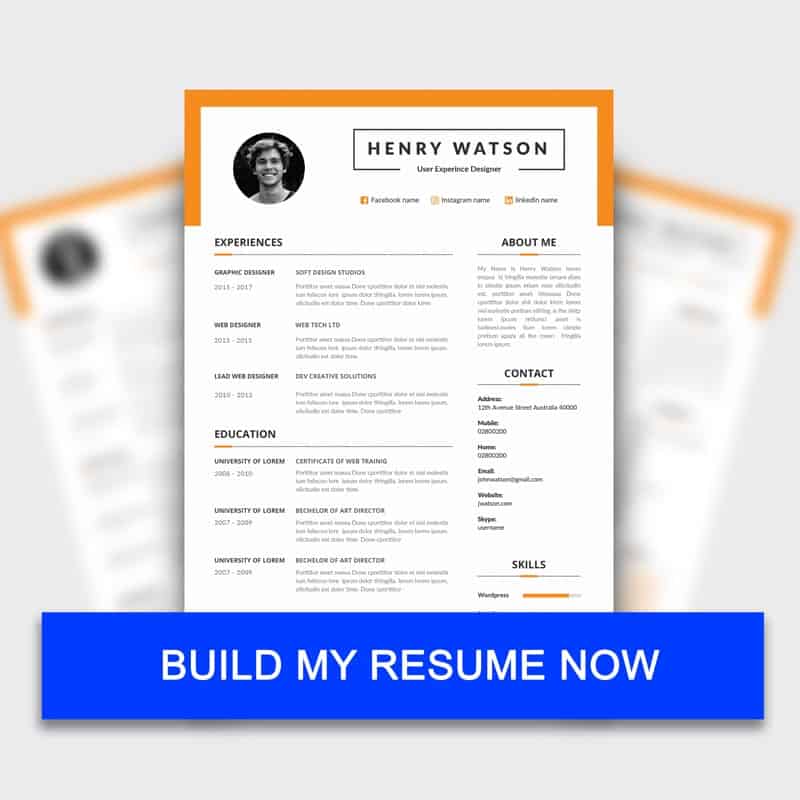In today’s digital age, leveraging the power of social media is not just a trend but a necessity, especially when it comes to advancing your career. Among the plethora of platforms available, LinkedIn stands out as the go-to professional networking site. With over 774 million members worldwide, LinkedIn provides an unparalleled opportunity to connect, engage, and propel your career to new heights. In this article, we’ll explore the key strategies for harnessing the potential of LinkedIn for career success.
1. Building a Strong Profile: Your Digital First Impression
Your LinkedIn profile is your digital resume and the first impression you make on potential employers and collaborators. Craft a compelling headline, use a professional photo, and write a concise and engaging summary that highlights your skills, experiences, and aspirations. Treat your profile as a dynamic portfolio that evolves with your career.
2. Networking: Quality Over Quantity
LinkedIn is, at its core, a professional networking platform. Focus on building meaningful connections rather than amassing a high number of contacts. Engage with your network by commenting on posts, sharing valuable content, and sending personalized connection requests. Personal connections often lead to opportunities that automated ones may miss.
3. Showcase Your Expertise: Content is Key
Position yourself as a thought leader in your industry by regularly sharing insightful articles, industry trends, and your professional achievements. Writing and publishing articles on LinkedIn’s publishing platform can further establish your expertise and showcase your unique perspective. Engage in discussions, respond to comments, and create a dialogue within your network.
4. Recommendations and Endorsements: Social Proof Matters
Request recommendations from colleagues, supervisors, and clients to build credibility. Endorse others for their skills, and you’ll likely receive endorsements in return. Social proof adds a layer of authenticity to your profile and can significantly influence how others perceive your professional capabilities.
5. Join and Participate in Relevant Groups
LinkedIn groups provide a platform to connect with professionals in your industry, share insights, and stay updated on industry trends. Joining and actively participating in groups not only expands your network but also demonstrates your commitment to staying informed and engaged within your field.
6. Job Hunting and Recruitment: Streamlining the Process
LinkedIn has become a primary tool for job seekers and recruiters alike. Keep your job preferences updated, follow companies of interest, and set job alerts to stay informed about relevant opportunities. Actively apply to positions, and don’t hesitate to connect with recruiters or hiring managers directly.
7. Learning and Development Opportunities
LinkedIn Learning offers a wide array of courses to enhance your skills and stay competitive in your industry. Many employers appreciate candidates who show a commitment to continuous learning. Completing relevant courses and adding them to your profile can set you apart from the competition.
8. Utilize the “Open to Work” Feature
LinkedIn provides a discreet way to signal that you’re open to new opportunities. Use the “Open to Work” feature to let recruiters know you are actively seeking employment. You can specify the type of roles you’re interested in and even customize your profile for different job preferences.
Conclusion: Elevate Your Career with LinkedIn
In a rapidly evolving professional landscape, utilizing LinkedIn for career success is not just advantageous; it’s essential. By cultivating a strong profile, nurturing your network, and actively participating in the platform, you position yourself for career growth, new opportunities, and a robust professional network that can support you throughout your journey. Embrace the power of LinkedIn, and let it become the catalyst for your continued success.
